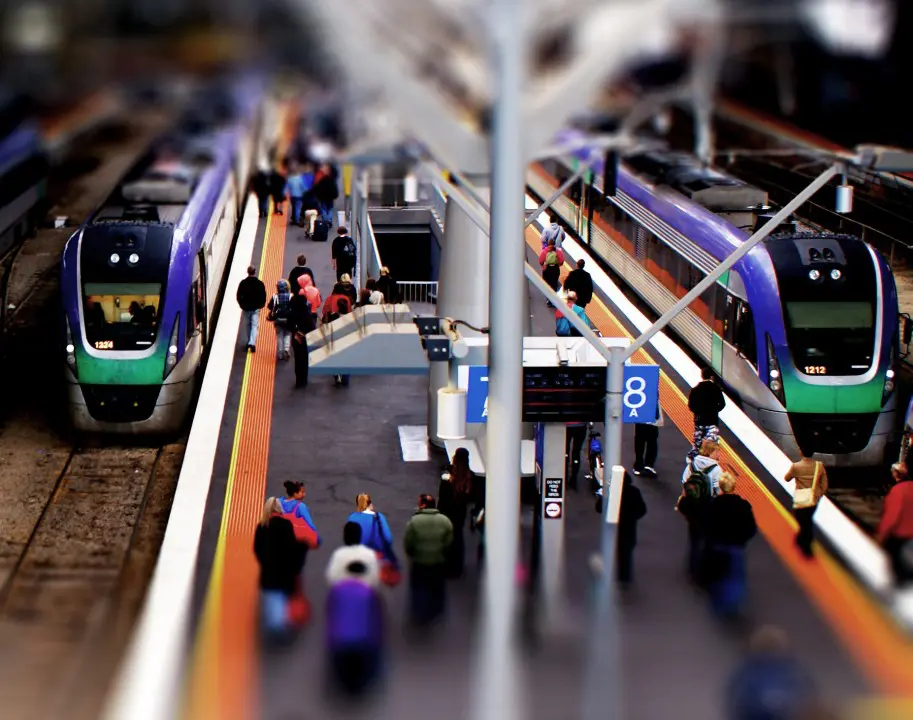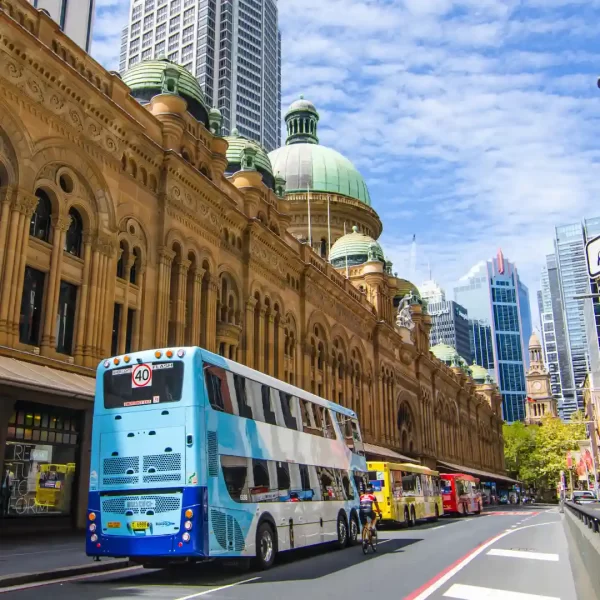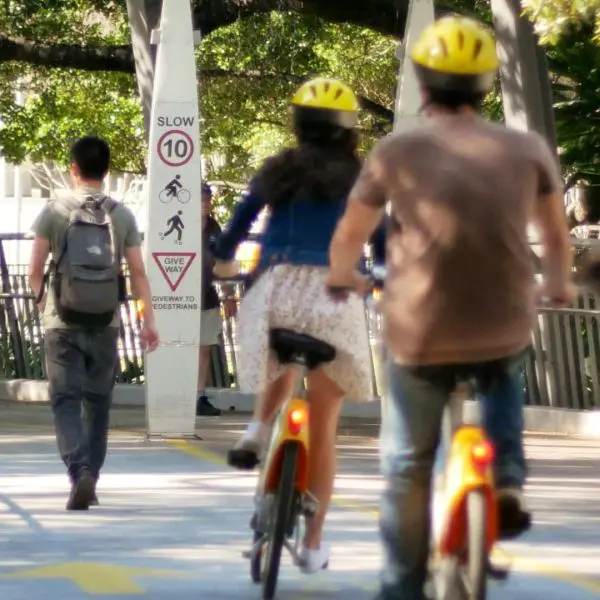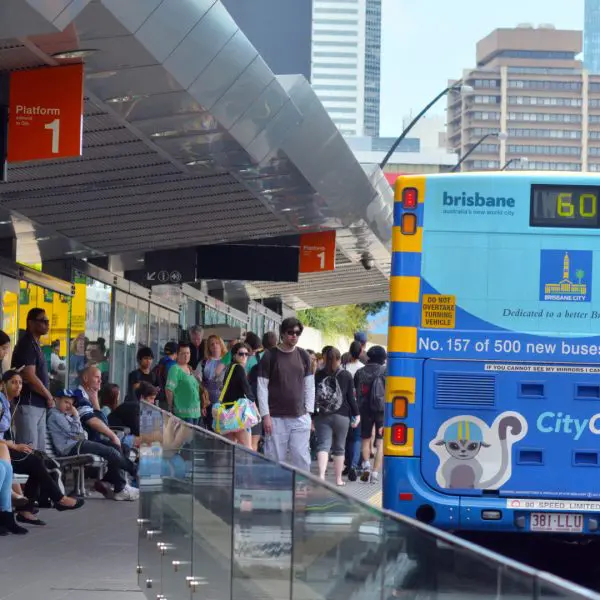
Fast rail in Australia: this time we (probably?) mean business
9 September 2022
Confession: I can be a bit of a curmudgeon about transport promises in general, but over the past three or more decades, fast(er) rail in Australia has been a series of pipe dreams, disappointments and misplaced objectives. For a long time in the 80’s and 90’s, to the extent that any objective was mentioned at all, it was as city-to-city services that would smash the duopoly of airlines. But that always seemed a bit retro-fitted to me, and for a long time I suspected that the real reason was, to paraphrase Frank Zappa, “you can’t be a REAL country unless you have a beer, an airline and a fast rail.” We wanted it because it was shiny, chrome-plated and all the cool, suave kids (Japan, France etc) had them.
Through the late 90’s I worked in the ACT Government, working in part to articulate the benefits of fast rail to Canberra, in work that ultimately resulted in then PM John Howard announcing a preferred bidder for Sydney to Canberra fast rail at Parliament House in 1999 (with the goal of ultimately getting to Melbourne, route to be determined). “Wait; what preferred bidder?” I hear you ask. Yeah, that’s right: nothing came of it.*
There’s been a transformation over the last few years though, that’s beginning to make even this curmudgeon crack a smile. The establishment of the National Faster Rail Agency was a good start, but even better have been the clear statements that this is not about challenging the established air routes between capital cities, but about regional development and spreading economic development beyond the capital cities. That’s what has really made the difference, and today’s news (like this) has really put a spring in my step. We might ultimately get to city-to-city services, but that shouldn’t be our first goal. Success isn’t the network; success is what the network delivers in terms of economic growth, regional development and a fairer Australia.
Now the objectives are clear, it’s becoming clearer there’s evidence to support the case for fast rail. VLC has worked on a number of fast rail cases over the last few years, which has included developing and applying new tools to forecast demand, revenues and the population and employment redistribution that may flow from such strong new regional connections. We’ve also provided advice on the success factors for rail uptake and regional development, all contributing to the evidence base for fast rail.
Importantly, fast rail now seems to offer a real chance for solving (and possibly merging) the challenges of urban planning in our major cities with the push to greater regional development. Working from home might have accelerated demand for regional and peri-urban living, but that will come to little if we don’t plan for it and address the transport supply side. Gathering and analysing the evidence is rewarding, but it’s just the first step – it’s the green shoots of political commitment that will ultimately make fast rail real.
*if you’re interested in the tortured history of fast rail through the 80’s and 90’s, the Australian Parliamentary Library has a chronology that’s well worth a visit. I can’t promise you won’t roll your eyes, but it’s a fascinating look at Australia’s recent transport history, or at least a history that almost was. Australian Very Fast Trains-A Chronology – Parliament of Australia (aph.gov.au)


